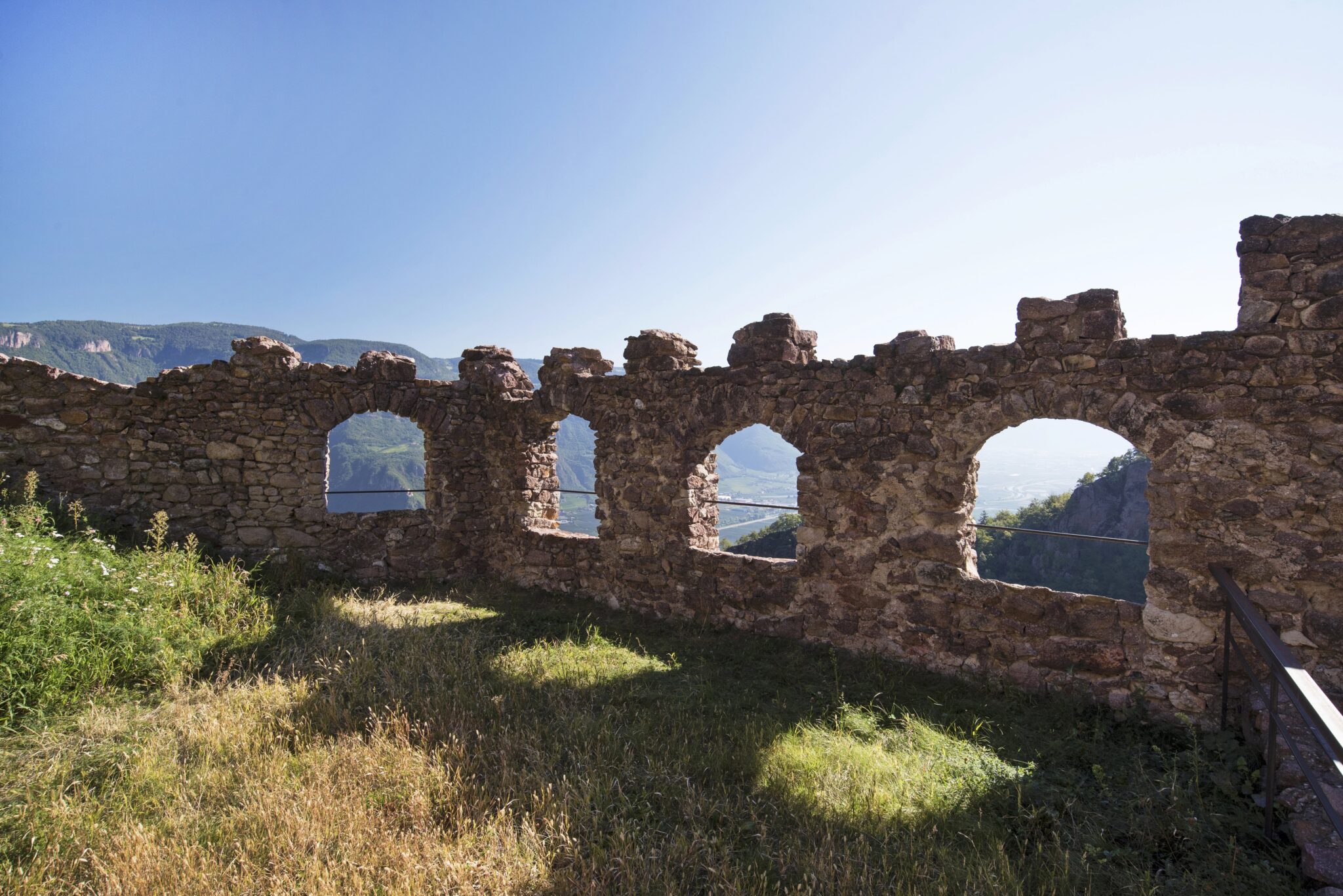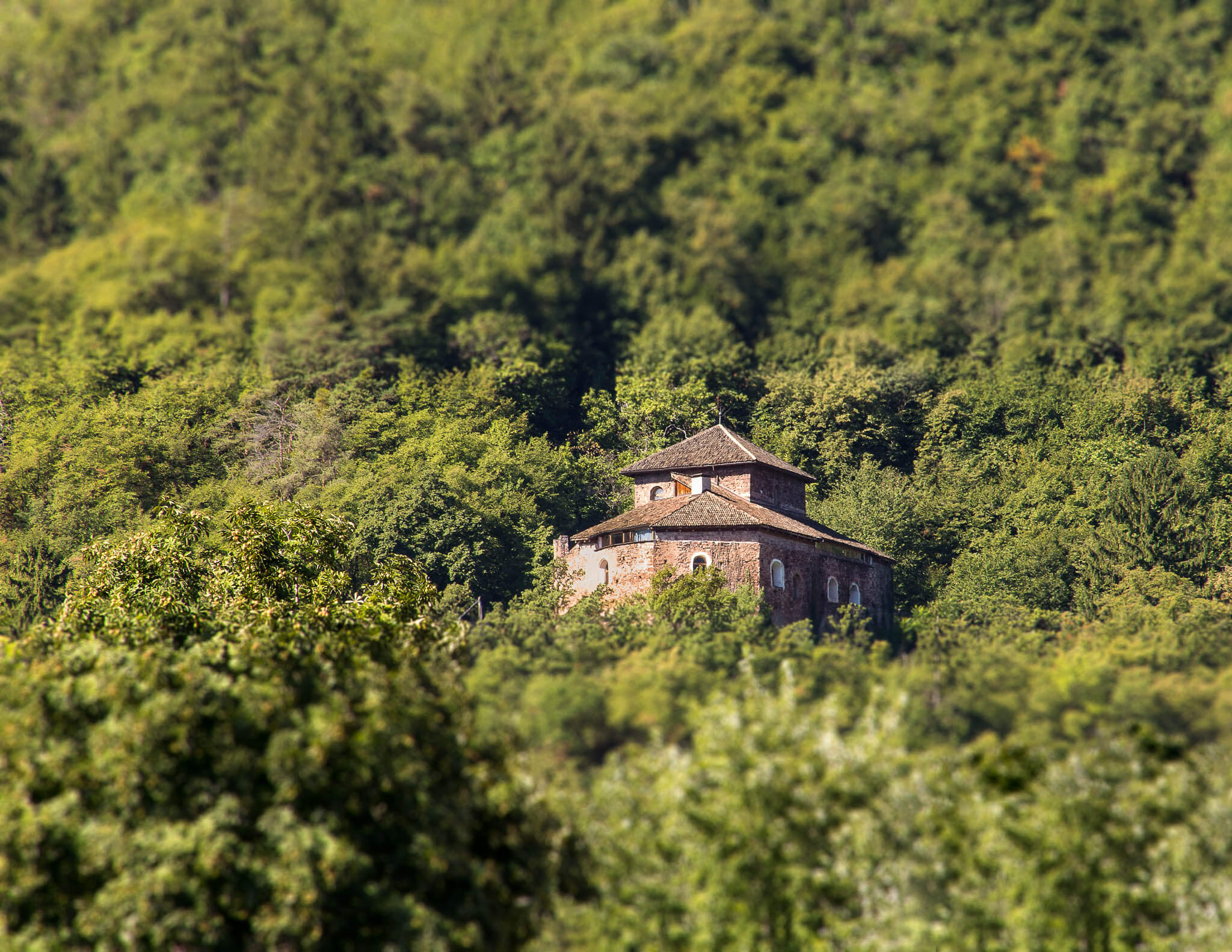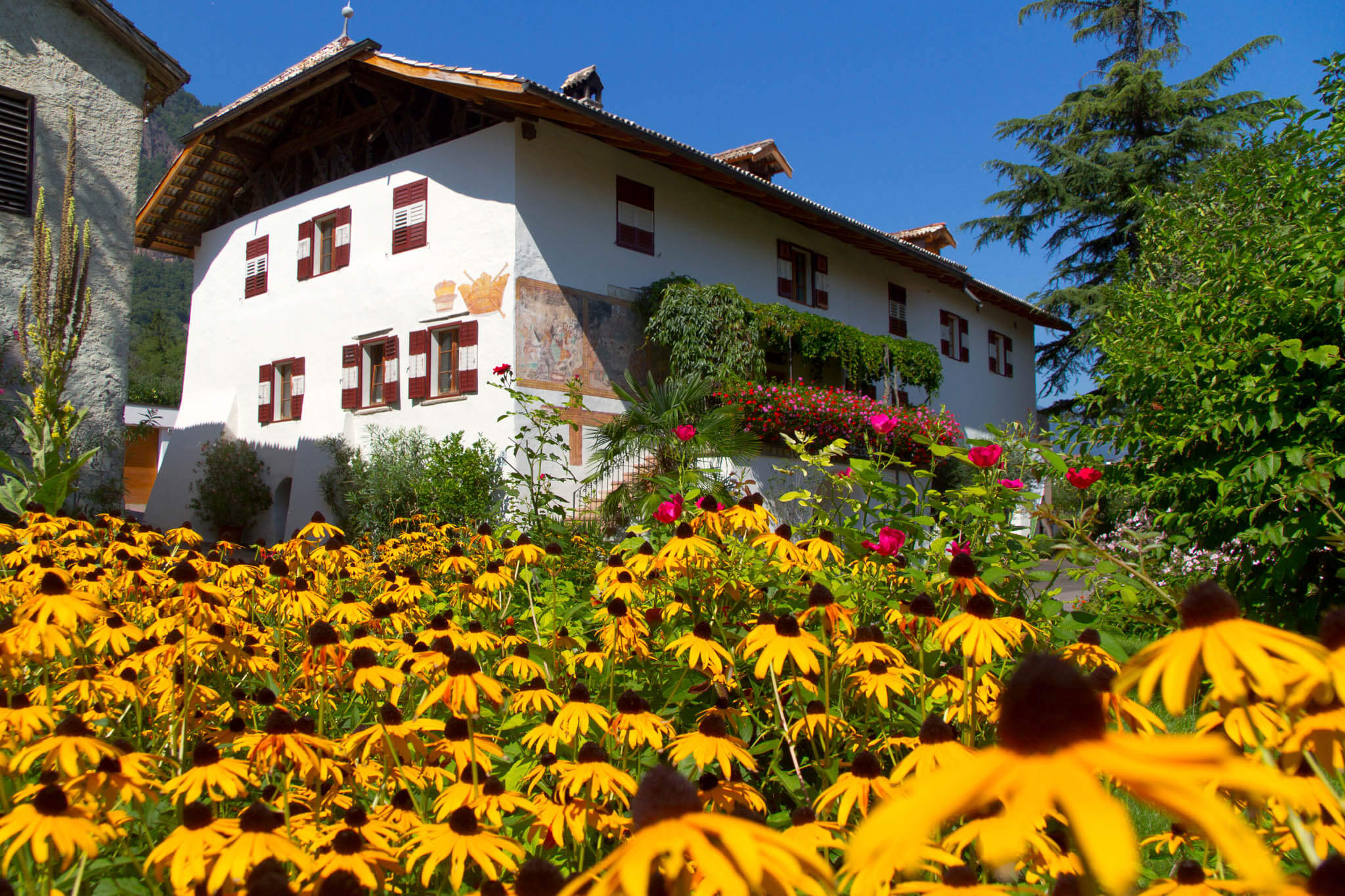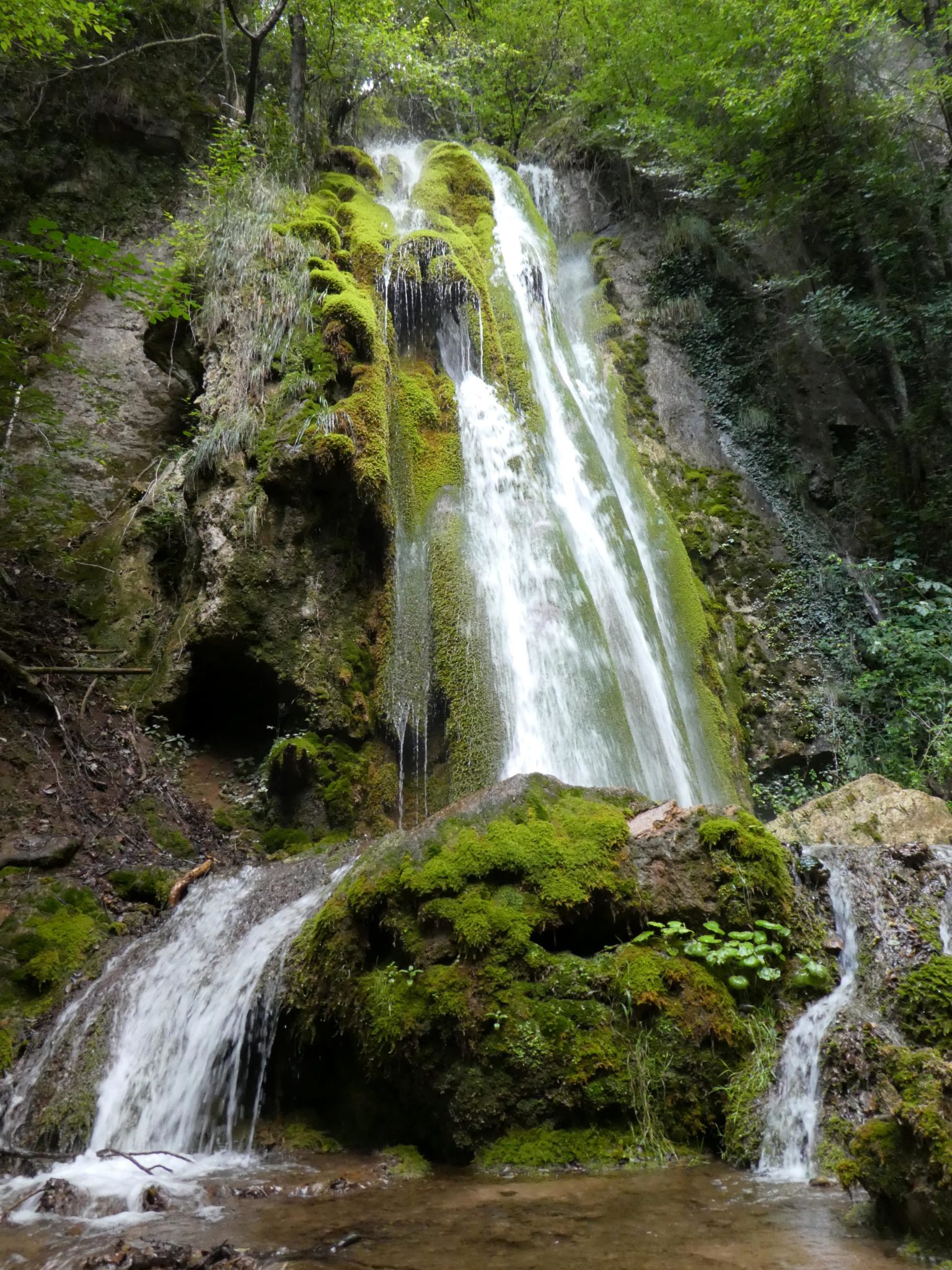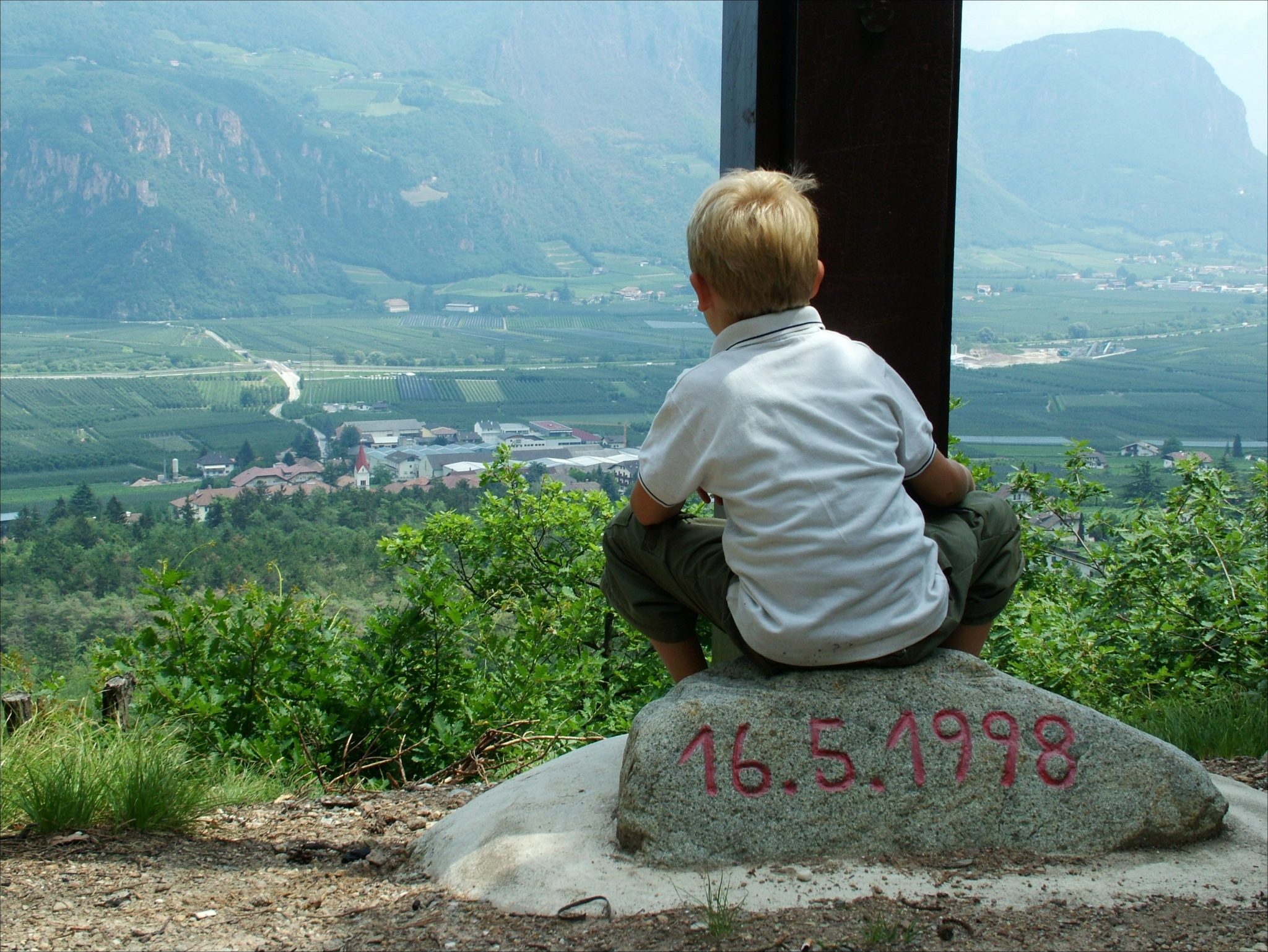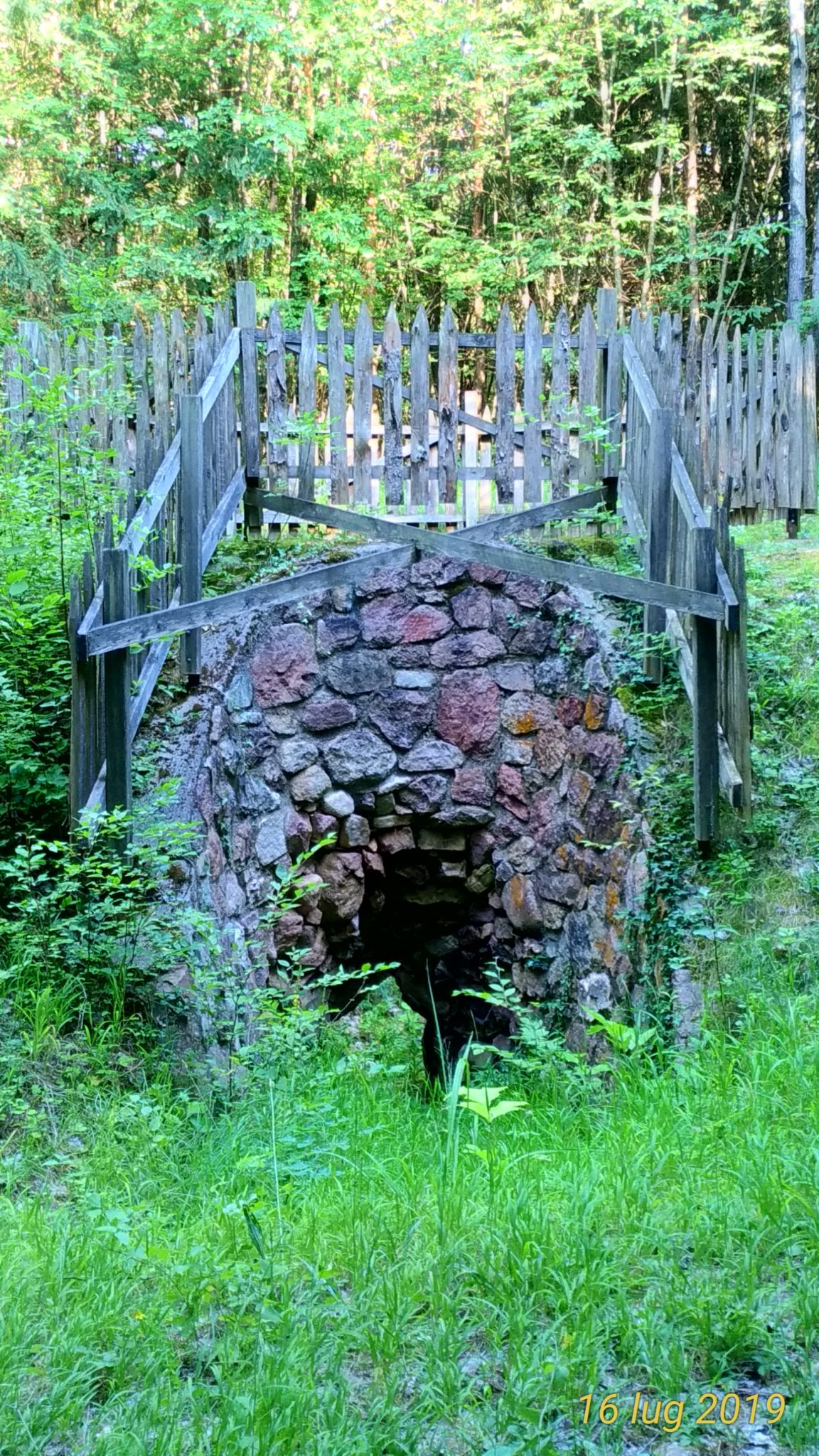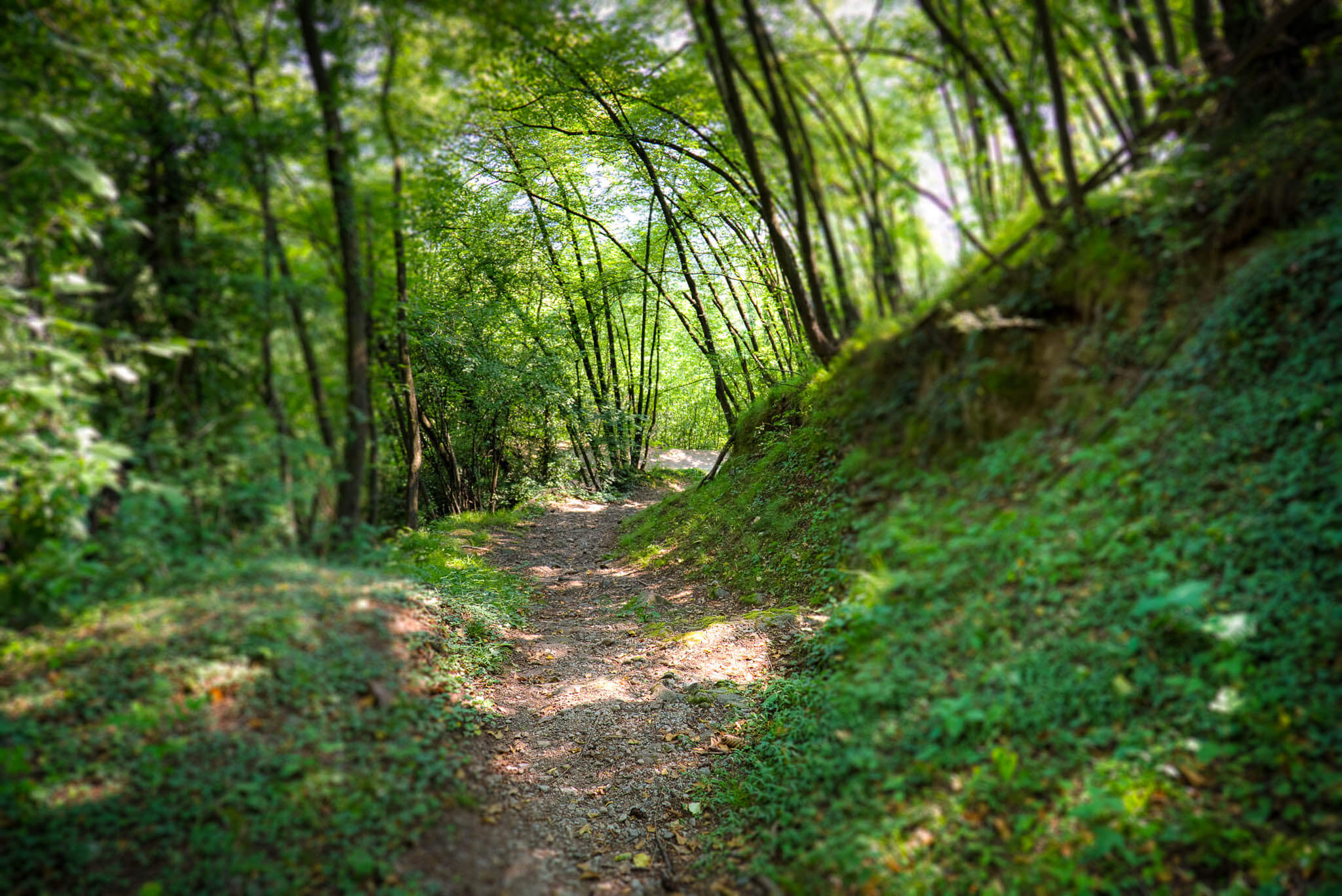Andriano, a village with charm
Facts & Figures
Our village is one of the smallest independent municipalities in South Tyrol, counting around 1000 inhabitants and 490 hectares of land, about 50 hectares of which are wine-growing area.
Coat of arms:
Our municipal coat of arms with its red and white sections originates from the noble family of the Lords of Andriano.
Romans:
Archaeological finds prove that Andriano was already settled in Roman times. The river Etsch/Adige was navigable as far as Andriano, which made the village a strategically and economically important place.
Name:
There are various theories about the origin of the name Andriano: “Andrian” (Andrien) from antraeanum, derived from the Latin word antrum, which means little round valley or wooded grotto; or “Andrianum”, derived from Andrius, a person’s name; or from the Roman estate “Praedium Andreanum”.
First documented mention :
Andriano was first mentioned in 1186 in an original parchment in the monastery archives of Gries (Bolzano). Other documents from this period furthermore prove the existence of a ferry on the river Etsch/Adige.
Soil, fruit and wine:
Our valley, the so-called Etschtal/Val d’Adige, was marshland until the middle of the 19th century. Large alder fields dominated the landscape. The later regulation of the river Etsch/Adige resulted in the drainage of the floor, making apple cultivation possible. Vineyards, however, have already been cultivated on the dry slopes of our village since Roman times.
Economy:
Today, agriculture and tourism are the two main economic sectors. In addition, there are several handicraft and commercial businesses.
Location:
In the course of time, Andriano has become an attractive place to live and to spend a holiday, which is not only due to its proximity to the provincial capital of Bolzano and the convenient traffic connection therewith, but also due to its peaceful and idyllic location.


